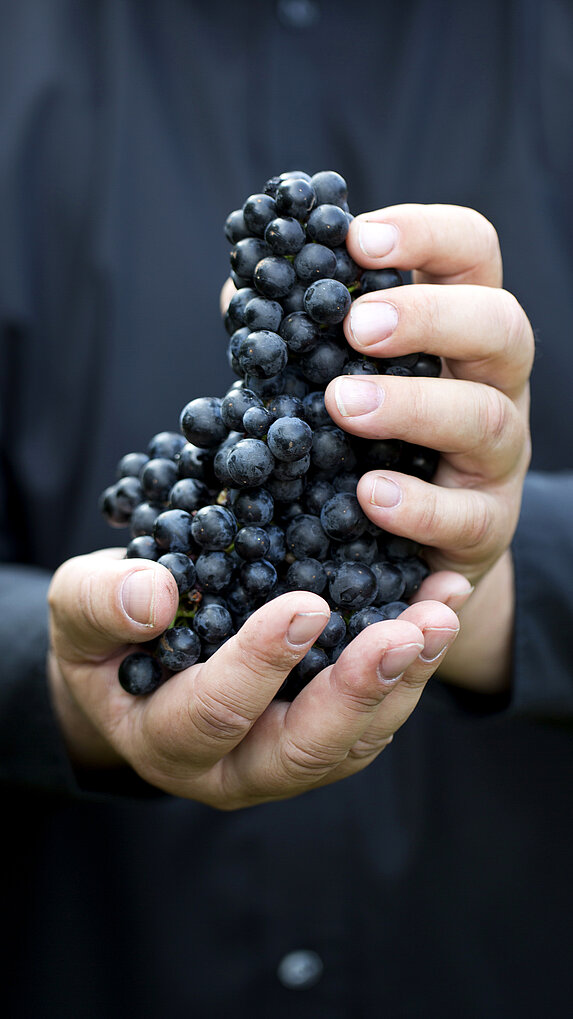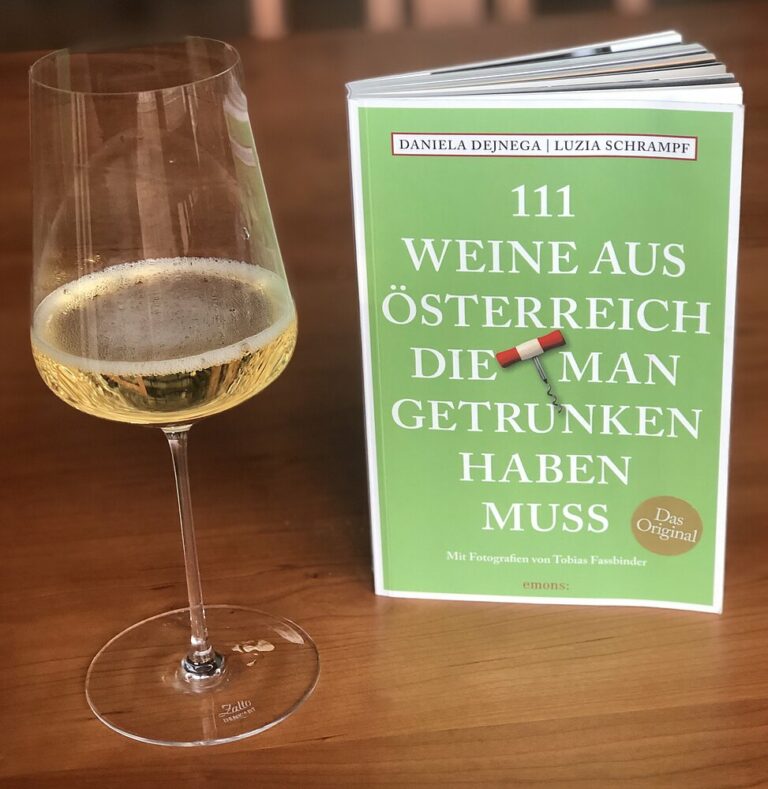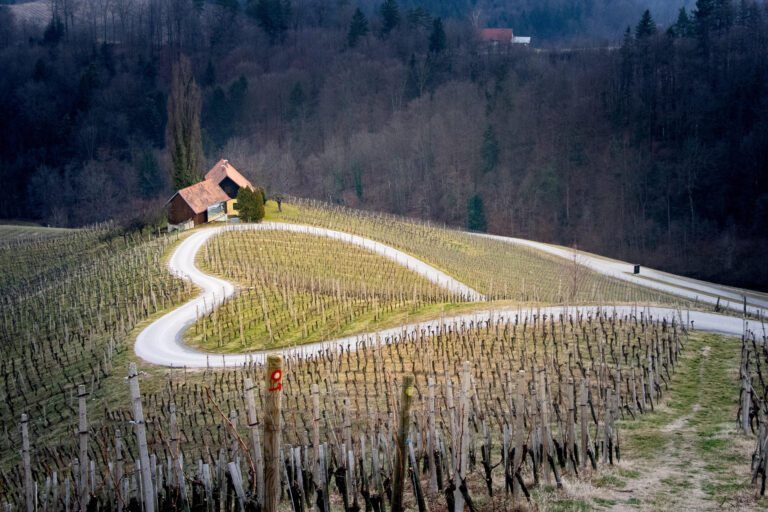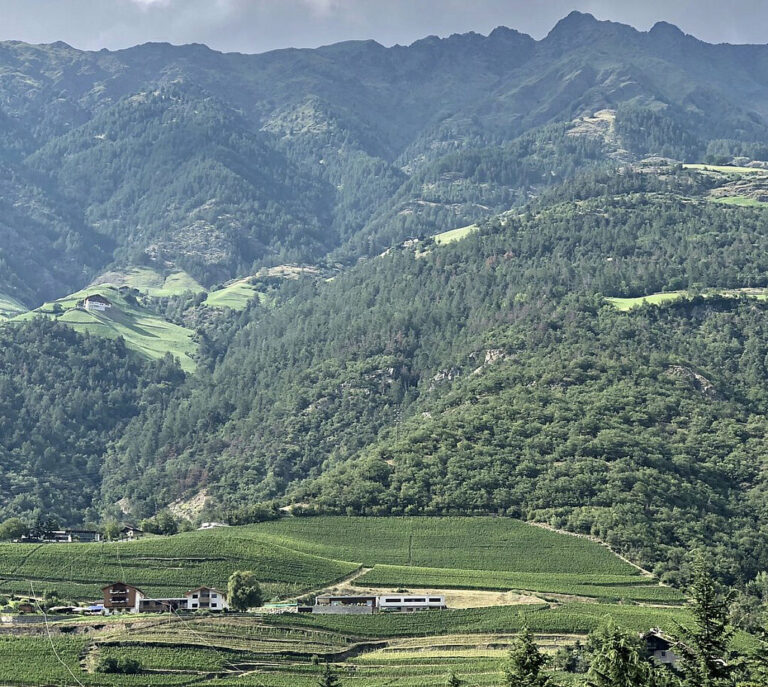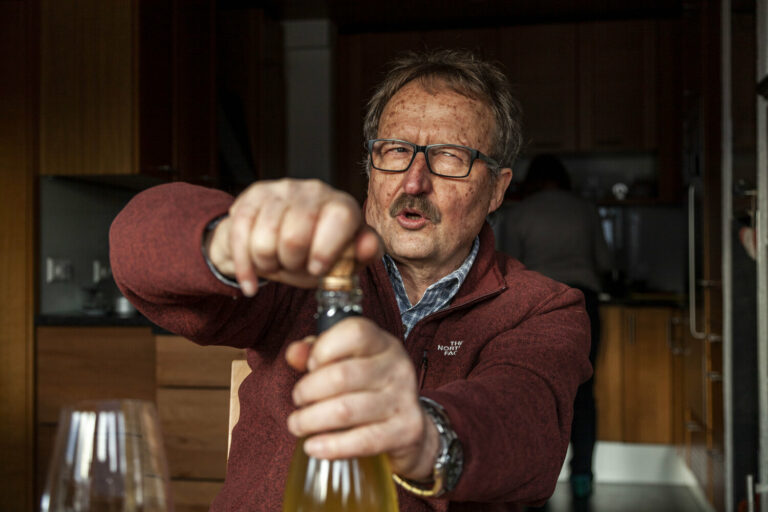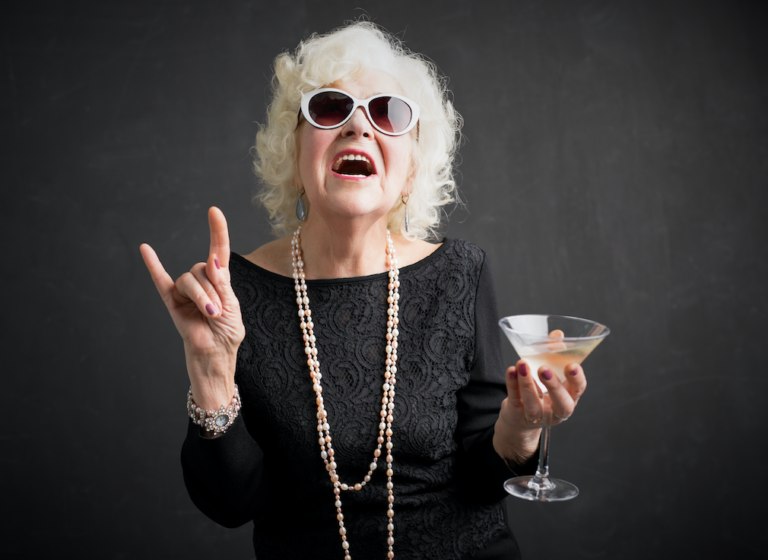Karakterre Driven
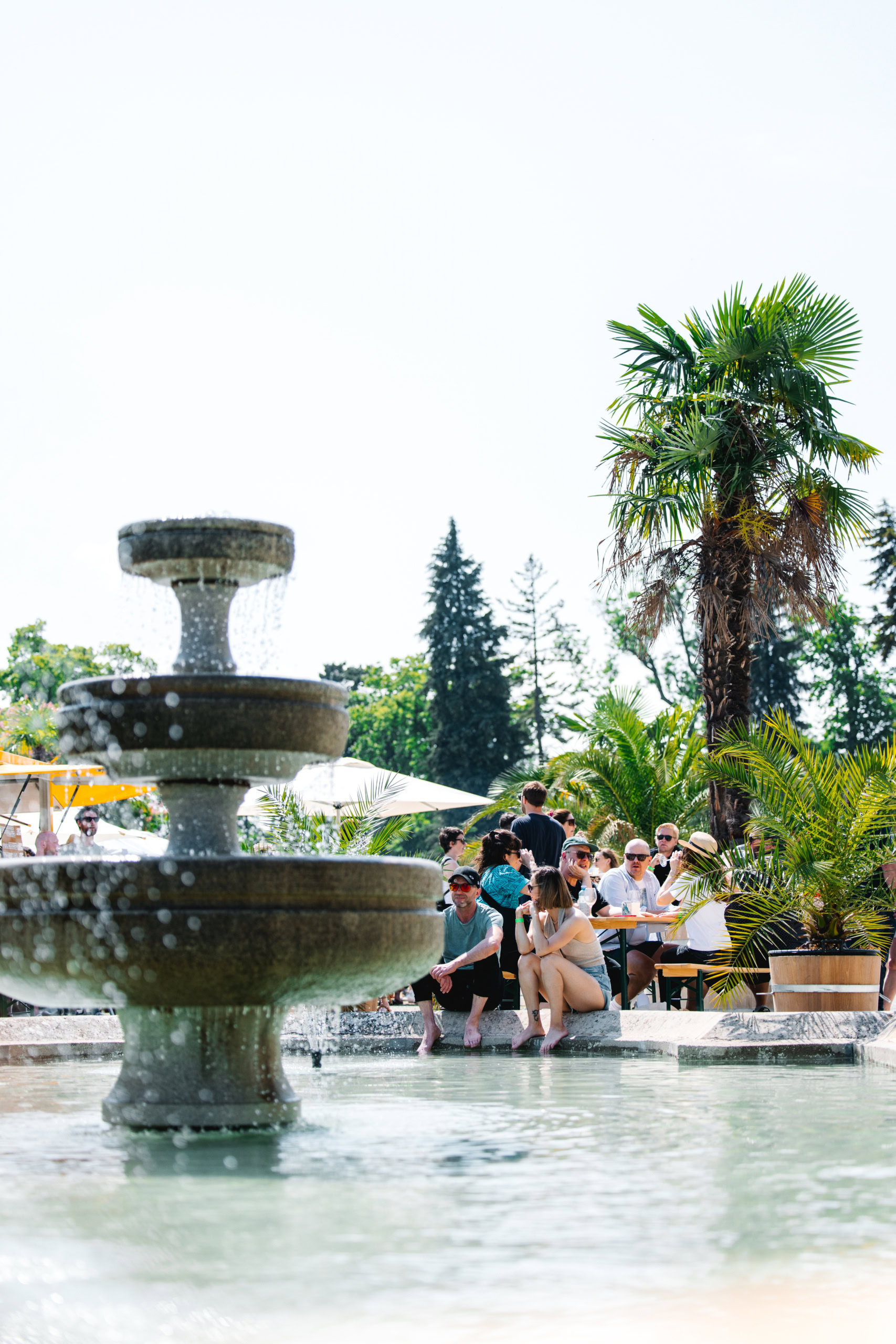
What sets Karakterre, one of the world’s top natural wine festivals, apart from similar wine events is its sense of community. Since 2011, the fair showcasing organic, biodynamic, and natural wines from Central and Eastern Europe has evolved from a small gathering in Croatia to an annual event in Austria and the US. Despite its success, what truly defines Karakterre is its atmosphere, nurtured by mutual curiosity and openness, fostered by the way the fair is organized.
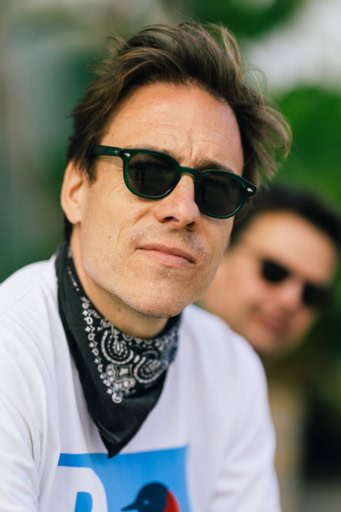
The man behind the fair, Marko Kovac, hails from Croatia. Natural wines have long been a staple in the small, family-run wineries of Kovac’s homeland and neighboring regions of Slovenia, Austria, and Italy. Yet, at the beginning of the 21st century, only a sliver of them were visible on the conservative European wine scene. Kovac set out to change that. He quit his job for the European Commission and set out to create a fair focused on natural wines and which then evolved into a community of like-minded people.
Today, Karakterre takes place in two locations annually — Eisenstadt, Austria and New York. To participate in the event, producers must make organic, biodynamic, or natural, low-intervention wine in family run-and-managed wineries. The nebulous definition of “natural” wine makes it all the more important, Kovac believes, to maintain clearly communicated participation criteria. In a nod to the defining principles of RAW, godfather of natural wine fairs, wines shown at Karakterre may not exceed 50 mg/l of total sulfur. Beyond these requirements, producers must also actively promote their local grape varieties, sustainable farming, and — equally importantly — sustainable living. Compliance is based on one’s word and trust in each other.
The Central-Eastern European region has historically included some of the world’s great wines. Today, Karakterre spotlights those regions, people, and wines in a format small enough to never go lost, yet large enough to never run out of new terroirs to explore. Tasting is a key point during the fair, but the event also prioritizes the fostering of community. On-site sessions give space to and encourage conversations concerning issues within the wine community. This year’s meetings covered topics such as “competition versus collaboration” and “cost and culture.” While the main event in Austria spans two days, the Karakterre community is built throughout the week with wine tastings at bars, parties, and winery visits. Every wine tasted at the event is also an opportunity to hear fascinating stories behind it. The name Karakterre reflects the core factor that makes wine truly fascinating: the stories of places and personalities of people linked with it.
Vino Gross: From the Inside Out in Slovenia
The story of Maria and Michael Gross, owners of Vino Gross, clearly shows the importance of the network of connections between the place and winegrowers. Slovenia’s Haloze region, where Gross currently holds 13.5 ha of vineyards, has been poor for years. In fact, it was the lack of money that protected the local ecosystem. Although wine has been grown here for ages, underfinanced growers lacked the financial resources to use herbicides and pesticides. On the other hand, lack of financial perspectives after changes of political structure meant that many winegrowers abandoned their vineyards in pursuit of a better life elsewhere.
Michael and Maria are one of the few newcomers to the region. They moved to Haloze in 2016 from Styria, Austria, where Michael’s family has their winery and vineyards. They quickly noticed that they might end up living alone in a village soon, as many local winegrowers were forced to move from Haloze in search of paying work. To maintain the local community, but also to support local vineyards and ecosystem, they decided to start helping neighbors willing to cultivate their vineyards in an organic way. That provided local residents with financial support and perspective for the future. At the same time, it helped to retain a supportive environment close to the Gross’s vineyards. Gross also buys-in local grapes to make a portion of their wines. Wines that have common, distinctive traits — juicy, with tingling salinity and full of softness.
Weingut Braunstein: Biodynamics in Burgenland
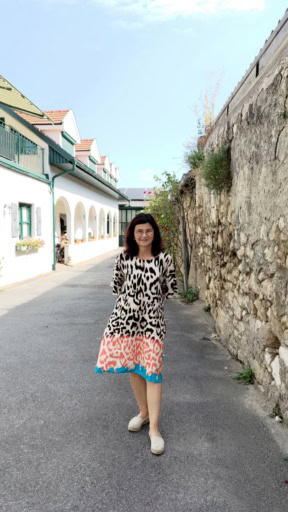
For Birgit Braunstein, establishing a supportive environment in the vineyards requires a holistic approach that extends far beyond the press walls. Braunstein is one of the pioneers of natural — and in her case, biodynamic — viticulture in Austria. Her family has been based in Leithaberg, Burgenland for 400 years. Braunstein converted her inherited vineyards to biodynamics in 2009. She owns 24-ha full of plants and insects which not only thrive there but also support the vines. However romantic it might sound, establishing such a supportive habitat requires knowledge, hard work, and patience. “It takes about 7 years to develop an environment supporting the vine immunity,” Braunstein explains. “But a healthy vineyard and environment are the capital for future generations.”
In Braunstein’s case one of those future generations includes her twin sons, Felix and Max, a.k.a. The Braunstein Brothers. Equipped with their mother’s philosophy and experience, they’ve been cultivating 2.5 ha of biodynamically farmed vineyards since 2020. The brothers have introduced a wild element into their bottles, without sacrificing the polished focus and refreshing acidity for which their mother is known.
Scherer&Zimmer: Taking the Long View in Baden
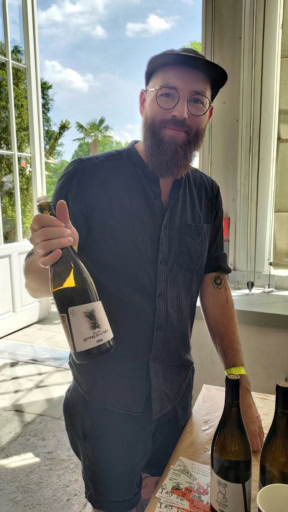
While the Braunstein Brothers decided to build on the philosophy of place sown by their mother in Purbach, Michael Scherer and Felix Zimmer sought out a more drastic change of scenery. Inspired by the advice of the woman in Berlin’s job center, Scherer moved from Berlin to Baden and began training to become a winemaker. During his apprenticeship, he met Felix Zimmer. Their friendship grew along with the vines, and in 2011 they moved to the Markgräflerland countryside to launch their winemaking project Scherer&Zimmer. Thereafter, they followed an increasingly well-trodden path — first a conversion to organic viticulture, then on to biodynamics. Although their 4.5 ha of vineyards have been Demeter-certified since 2020, the ecosystem is still being established. “We probably need more time — our yields remain very vintage-dependent right now,” Scherer says, adding: “This year was difficult — we lost over 60% of our grapes.”
The region has been long recognized for its generous Gutedel (Chasselas) and powerful Pinot Noir wines. Both varieties are well known for their ability to mirror terroir, even though they can be challenging to grow and not easy to work with. Scherer&Zimmer wines clearly show that perseverance in the vineyard is rewarded in the bottle. Michael says that their wines are “all about balance.” Yet in addition to balance, there is also purity, juiciness, and varietal typicity as well as terroir distinction — both in the whites (mainly Gutedel but also Grauburgunder and Weissburgunder) and in the juicy-yet-dense Pinot Noirs.
GraWü: Understanding Balance in Alto Adige
Although natural wine is sometimes called “low-intervention,” it is rarely either “low effort” or “low control,” explains Dominic Würth from GraWü in Südtirol-Alto Adige. “Our production size shifts from 20-25,000 bottles, and it is impossible to surpass that without losing a bit of control. From berry to bottle, each piece has to be interpreted in the right way, otherwise the wines couldn’t be balanced well.” Würth launched the organic certified winery in 2014, together with his partner Leila Graselli.
“Interpretation” consists of many factors requiring thoughtful decisions. Wines are created from selected grapes to better reflect the terroir; then skin-fermented to add structure without sacrificing the tannins that protect wines from oxidation as well as to help to reduce the amount of sulfur used; and finally barrel fermented and aged to expose the wine to prolonged yet low oxygen access that stabilizes the wine. Their deep, spicy, focused, and elegant wines are made from Chardonnay, Pinot Noir, and Pinot Gris as well as PIWI varieties such as Regent and Souvignier Gris.
Kobatl: The Potential of PIWIs in the Vulkanland
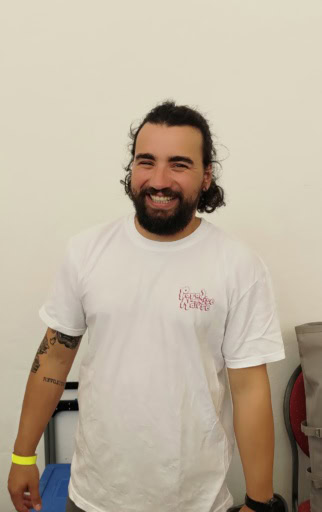
PIWIs’ resistance to disease helps to reduce the cost and frequency of spraying. By reducing the need for tractor usage, it also minimizes soil compaction. Disease resistance is an important, but not the only, reason behind their growing popularity among many natural winemakers. They also say that natural aromas of PIWIs can be easily overpowered if fermented with cultured yeasts designed and selected to ferment traditional grape varieties. PIWIs, often rich in tannins, need slow oxidation to integrate and achieve balance.
Both winegrowing and winemaking traits of PIWIs were the reasons behind Michael Gangl’s (Kobatl) decision to plant only fungus-resistant varieties. Gangl has no family history of winemaking — his parents maintained apple orchards. He became fascinated with wine during his studies in Klosterneuburg and planted his first vines in 2013. Bronner, Cabernet blanc, Muscaris, to name but a few, grow in Gangl’s 4.5 ha vineyards in Austria’s Vulkanland.
Before starting work in the cellar (that needed to be built first!) Michael traveled widely. Numerous visits and tastings inspired him to pursue a radical path — both in the vineyard and in the cellar. He focuses exclusively on herbal, self-made preparations and plants grown in the rows between vines to protect his vines and attract insects that support the health of the vines. Natural fermentation, maturation in untoasted wooden barrels or amphoras define his winemaking approach. And his wines? Multidimensional — salty, spicy and intense — show the potential of PIWIs vinified using traditional methods.
The who of Karakterre is what defines this extraordinary event that year after year: a wine fair as focused on the people and the ideas that inspire them as the wine. A festival driven by character to create community.

